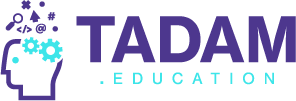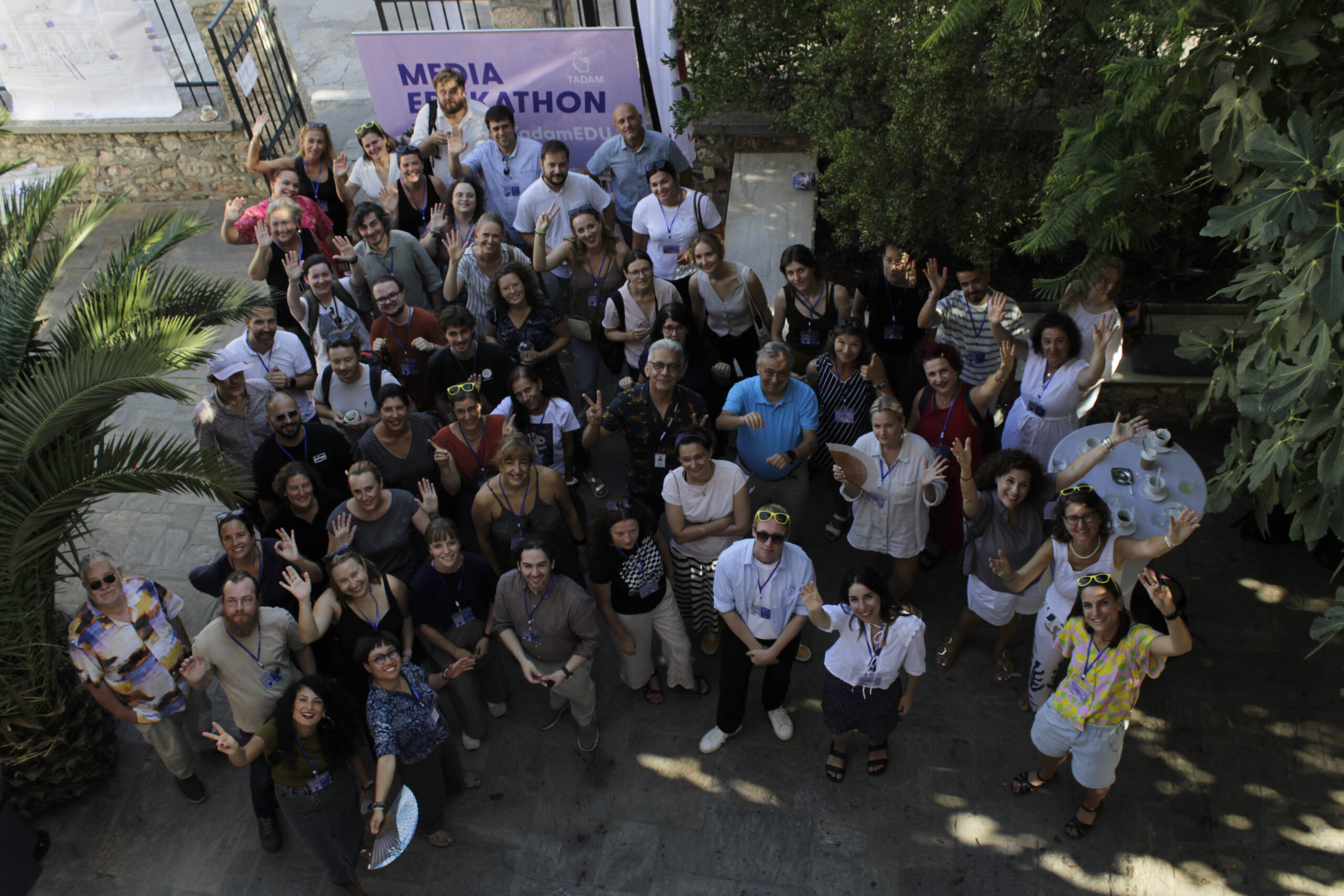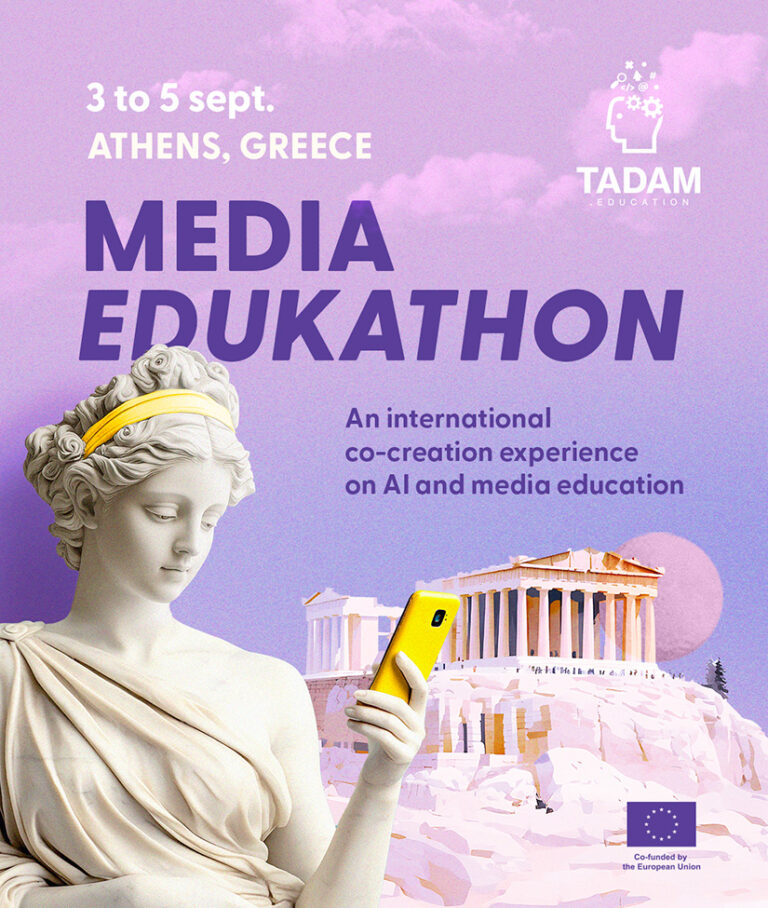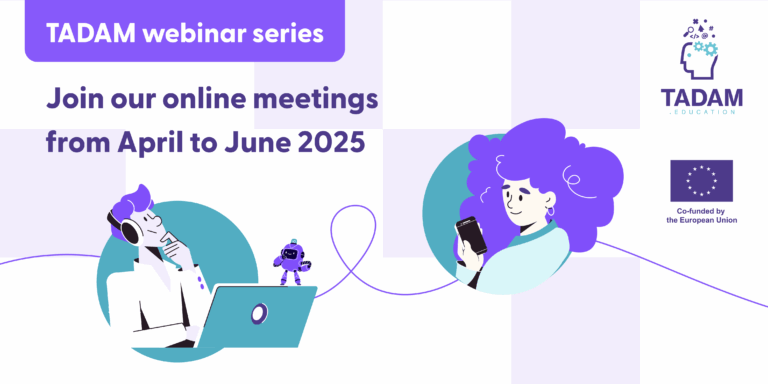From Ideas to Concrete Tools: A Look Back at the TADAM Media Edukathon
From September 3 to 5, 2025, 60 professionals from 16 nationalities gathered on the slopes of the Acropolis in Athens to co-develop projects on education about artificial intelligence and its impact on the media.
Whether researchers, journalists, educators, or teachers, everyone joined in enthusiastically! Based on the data collected over a year and a half by the TADAM project across Europe through Webinars and Workshops, the participants identified their preferred topics and formed teams eager to work on common foundations: information, bias, emotions, creativity… Each team was made up of 4 to 8 professionals.
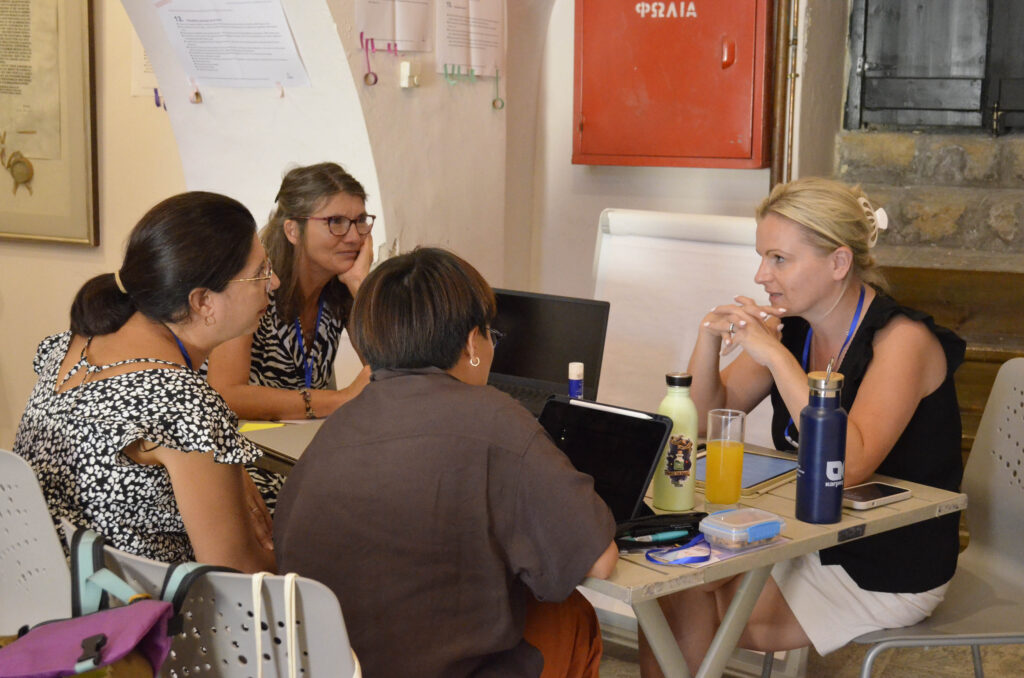

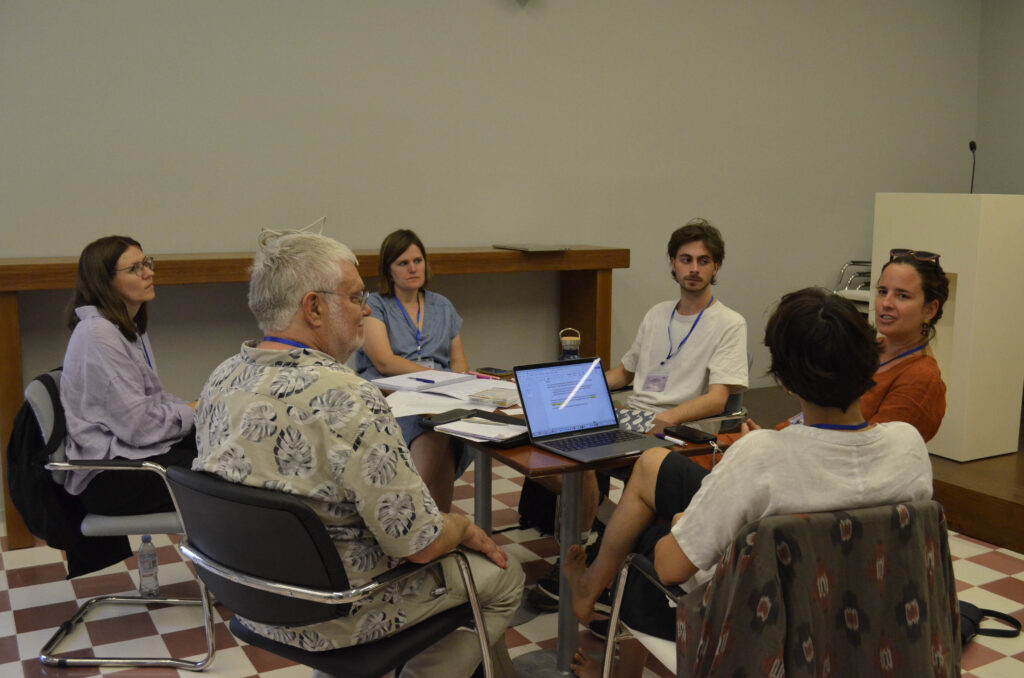
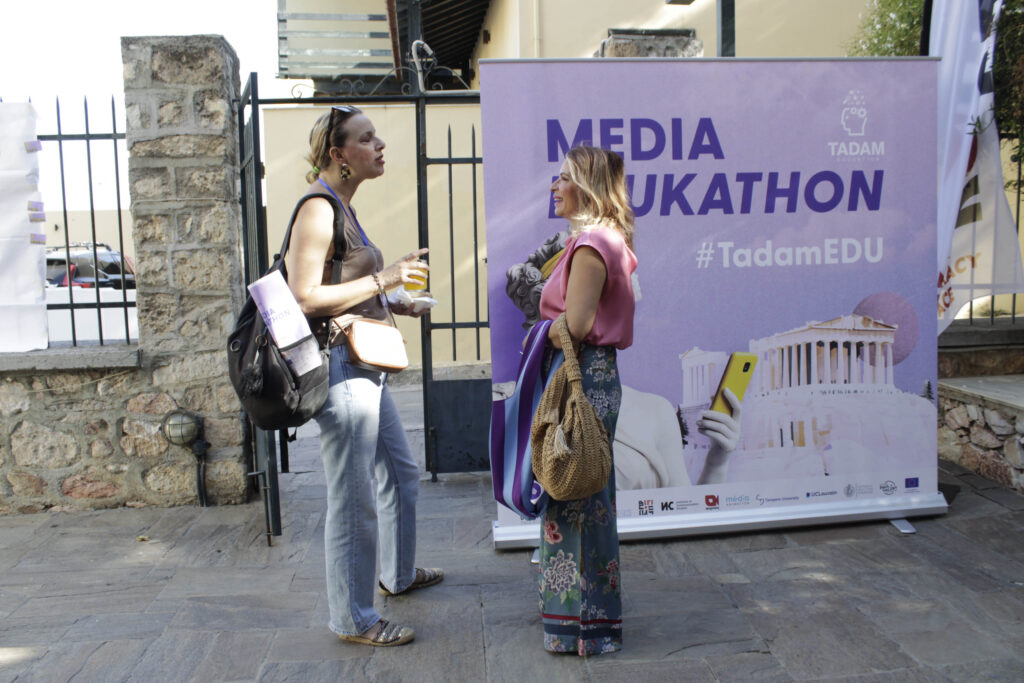
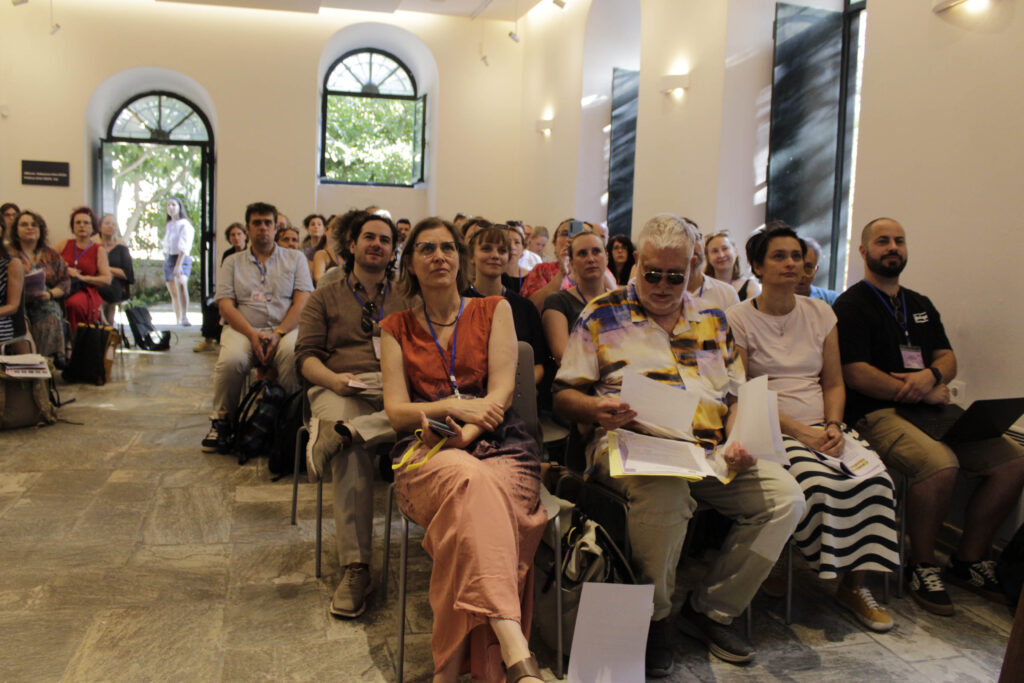

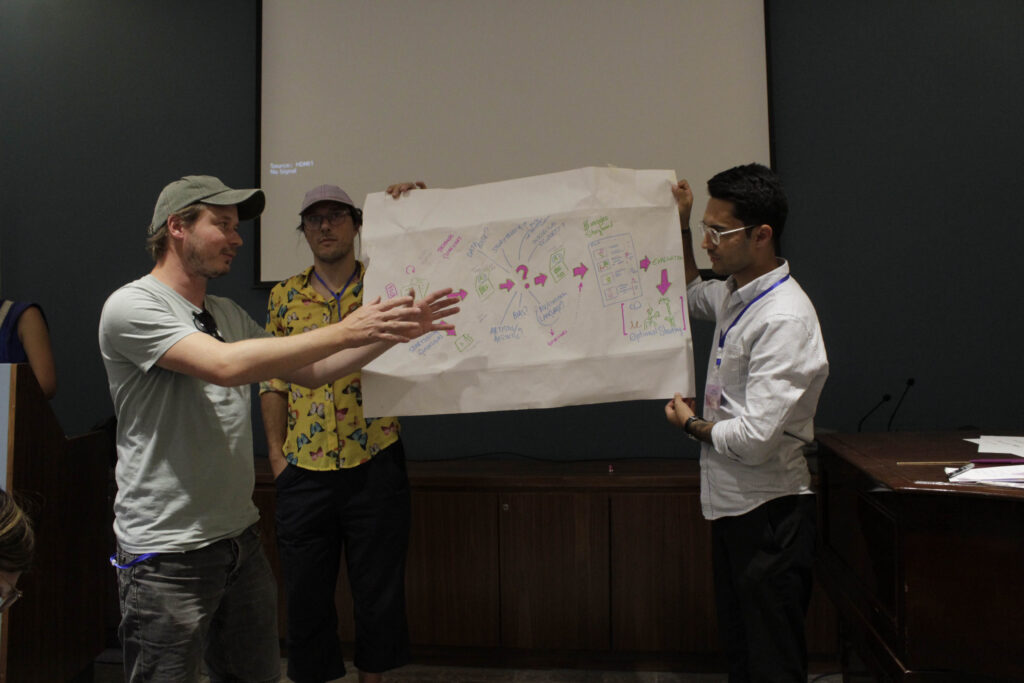
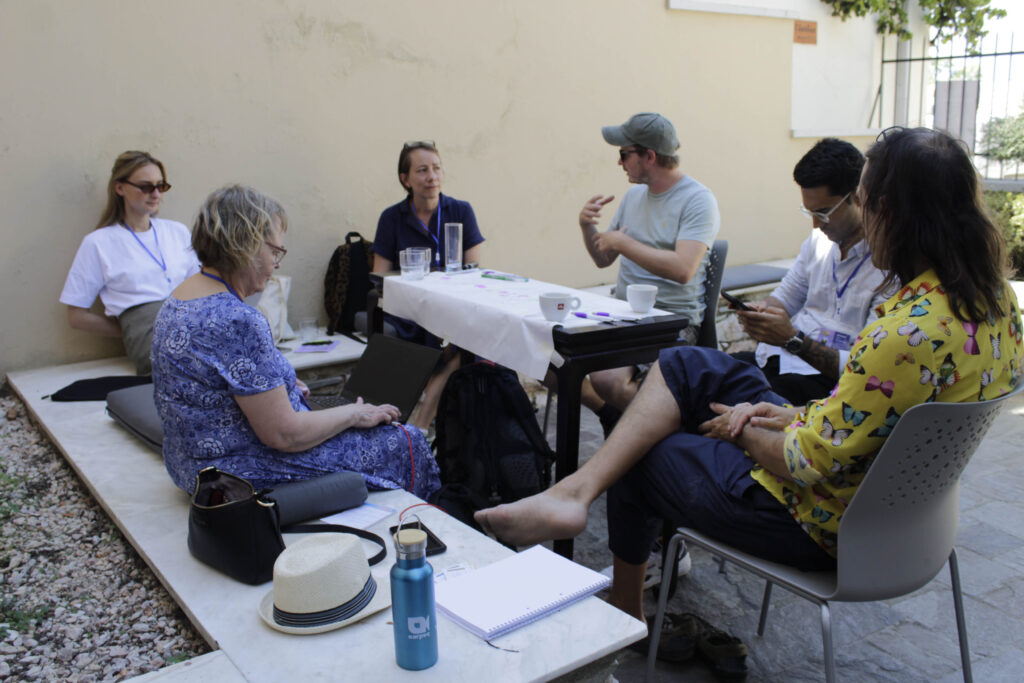
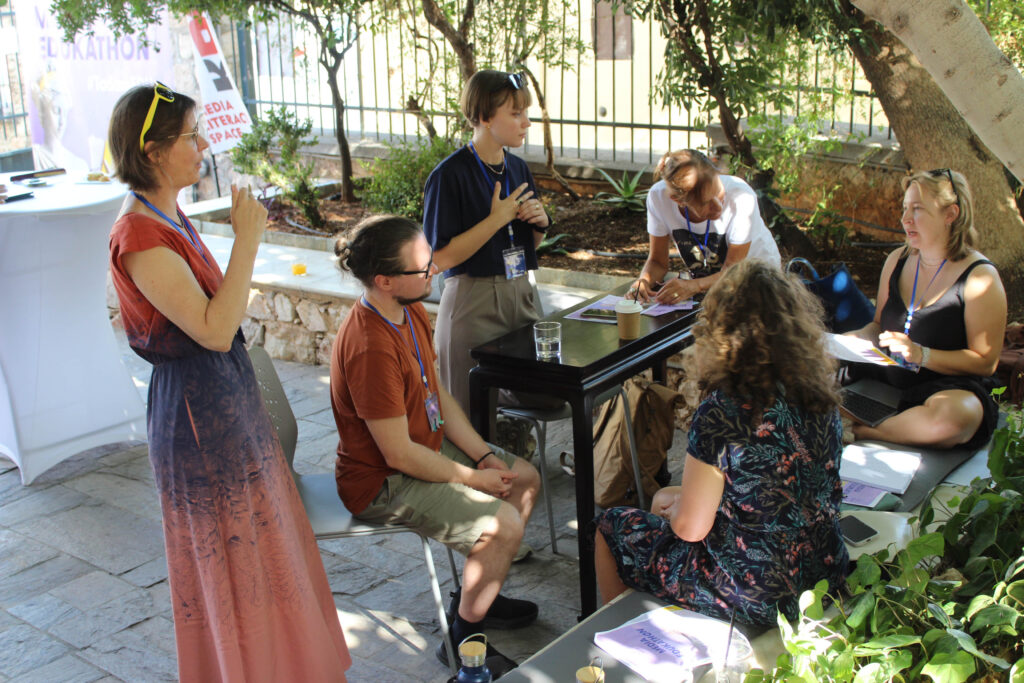
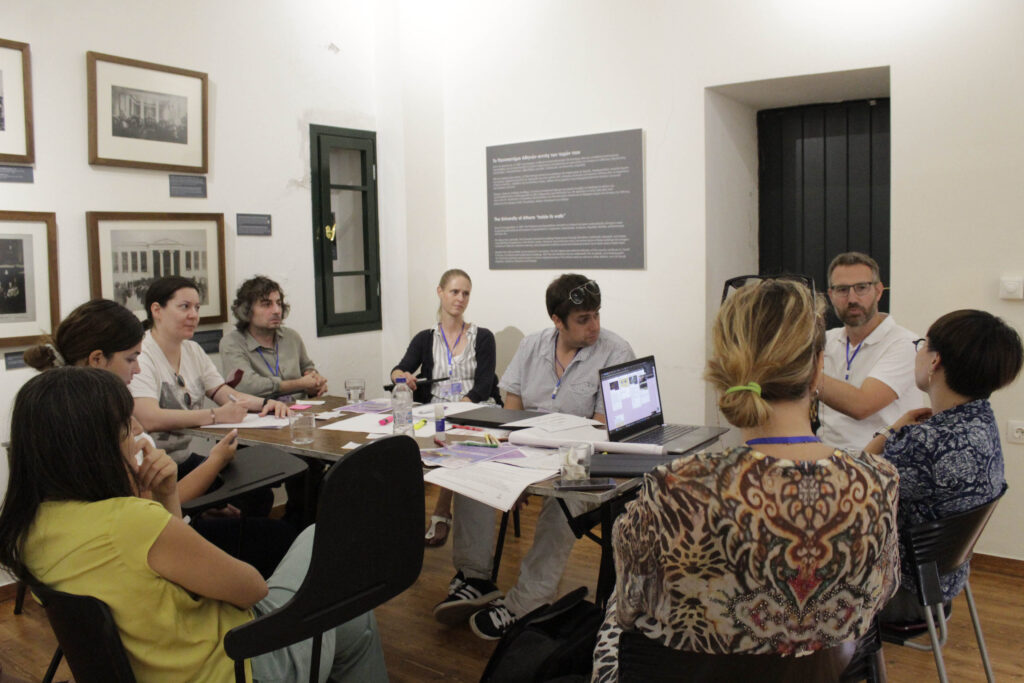
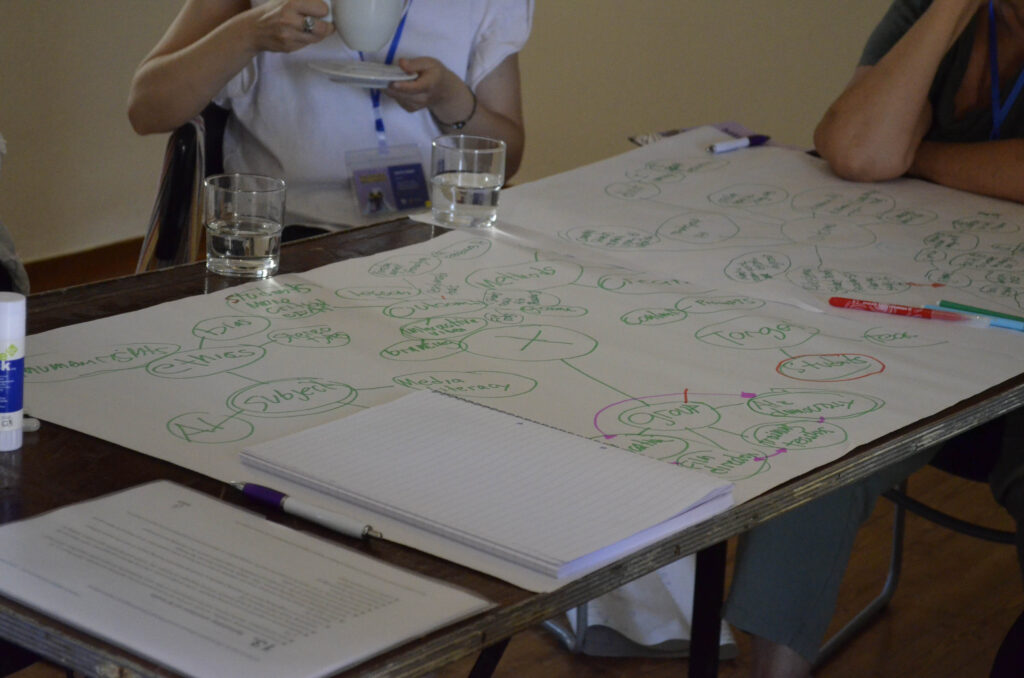
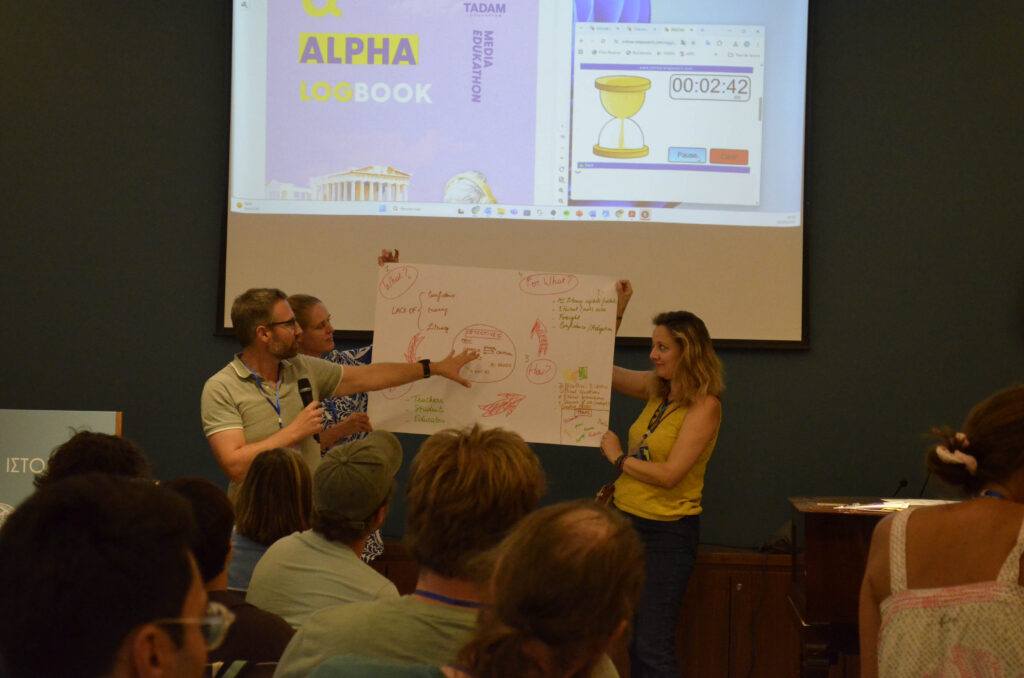
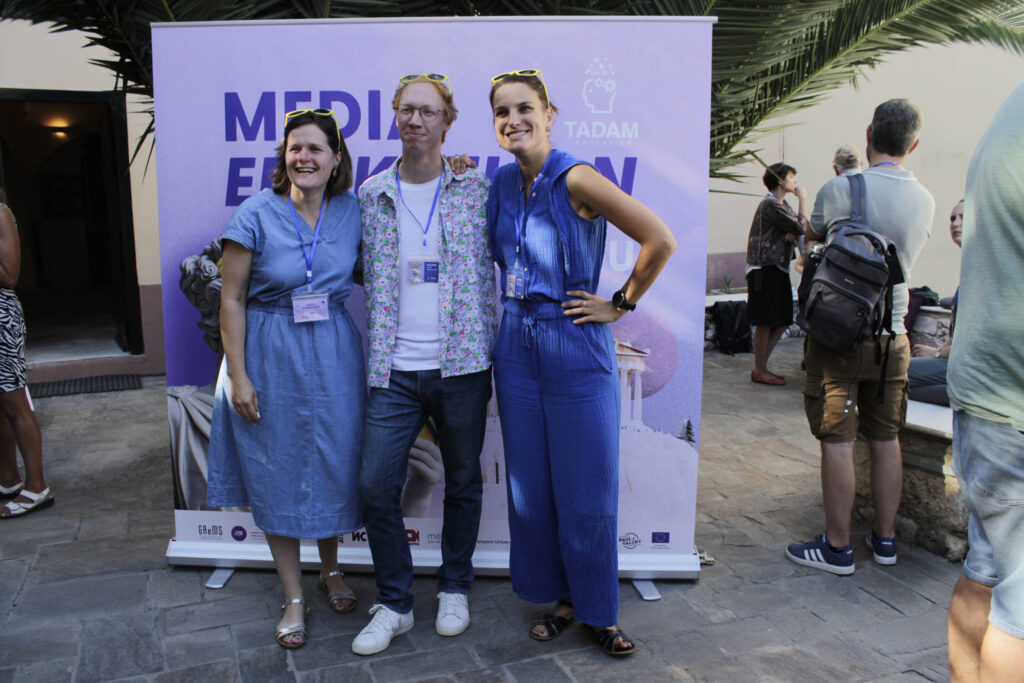
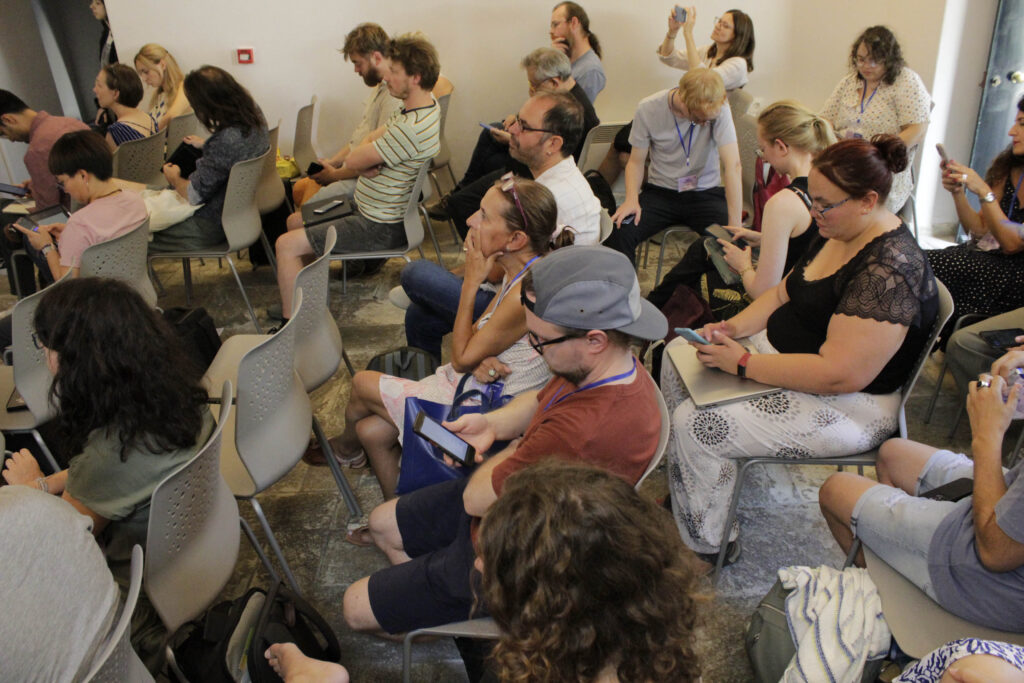
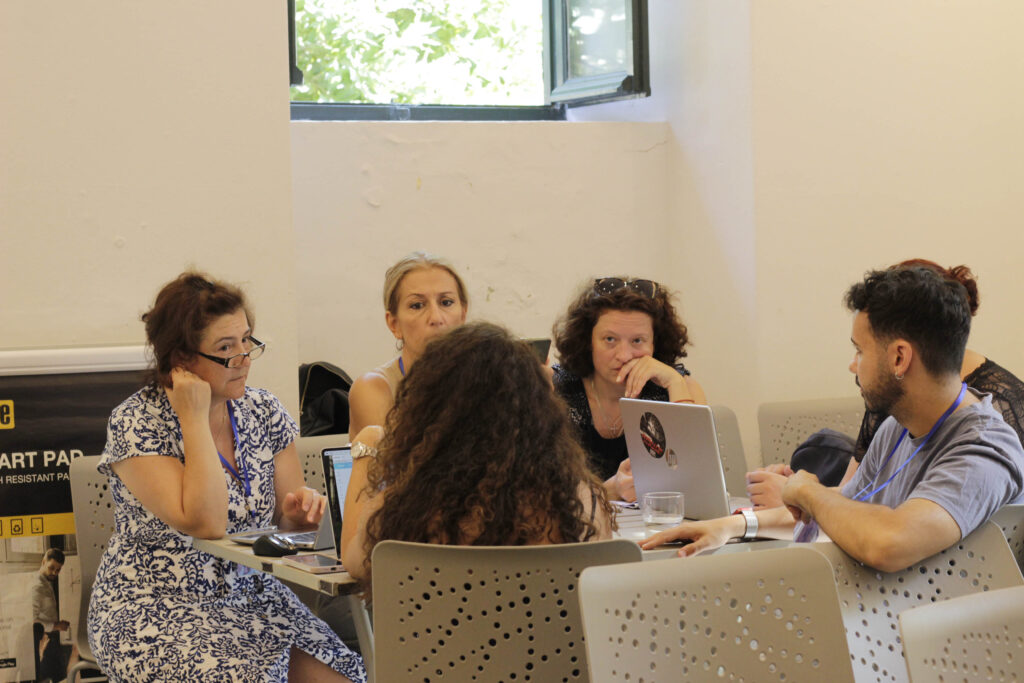
Their challenge? To respond to a specific issue with an innovative and ready-to-use educational concept. Brainstorming sessions, instruction sheets, consultation meetings, challenges, group work, creative solutions, and a touch of competitive spirit: the 60 media education specialists engaged in intense discussions at the TADAM Media Edukathon!
At the end of the process, no fewer than 9 teaching materials or resources on critical thinking in AI were presented, with some even receiving awards!
- Prompt Wis(c)e
- AI for Artistic Imperfection
- Stereo-tips
- My Best Fried Chatty (Awarded as most polished project)
- AI and Journalism
- ABNORMALAIZE
- MY WAI – Myths, Witness and Critical dialogue with AI
- How AI frame your cinematic story (Awarded for most inspiring method)
- AI mirrors your emotions (Awarded for most original theme)
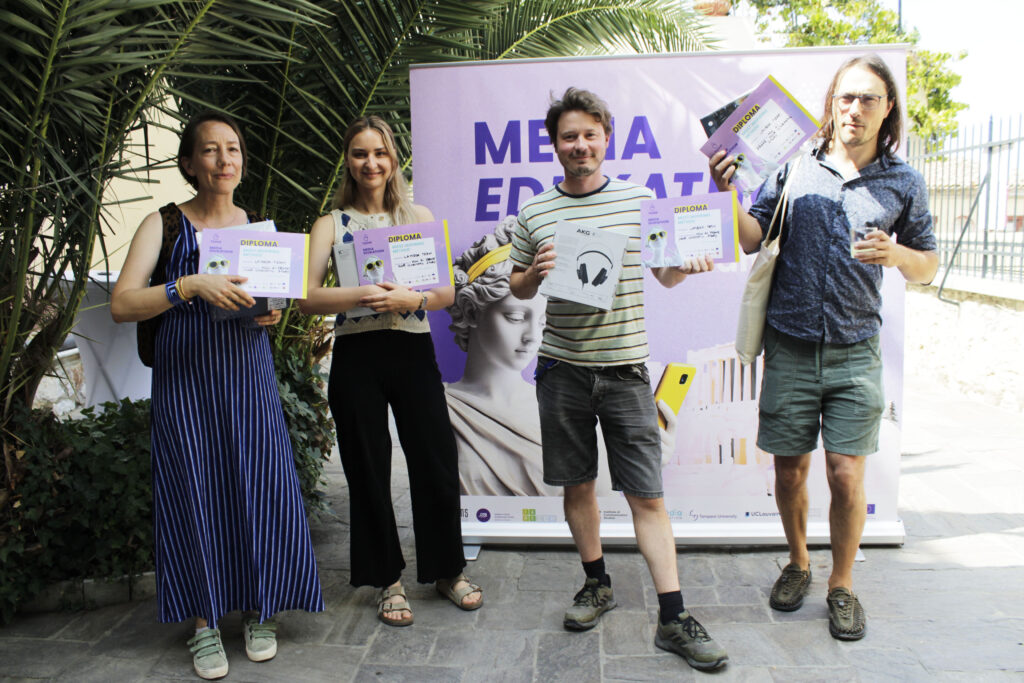
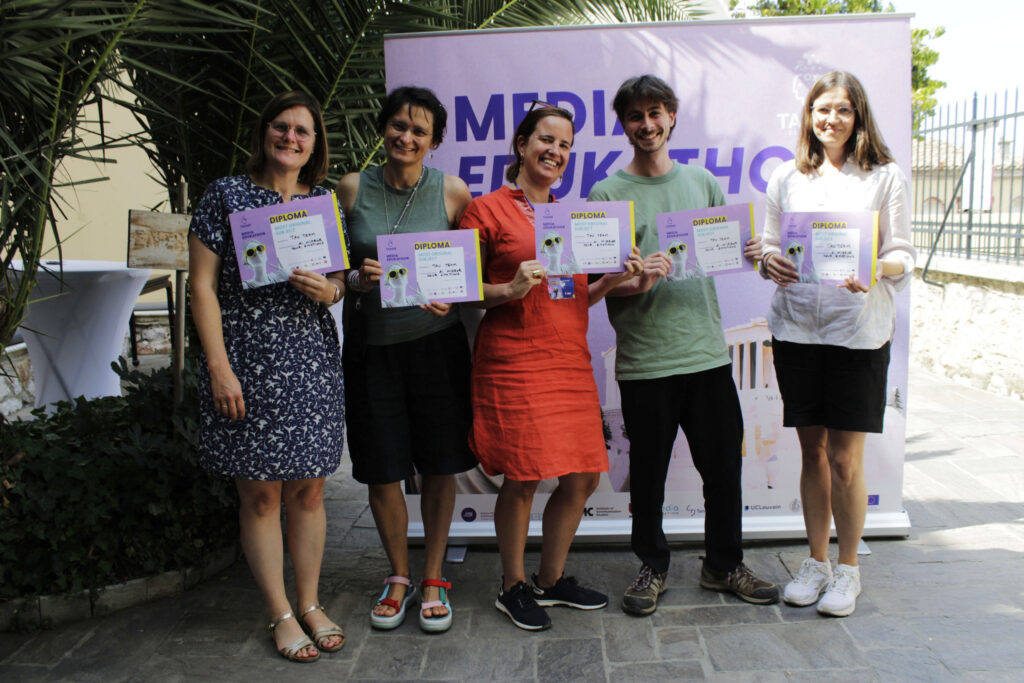
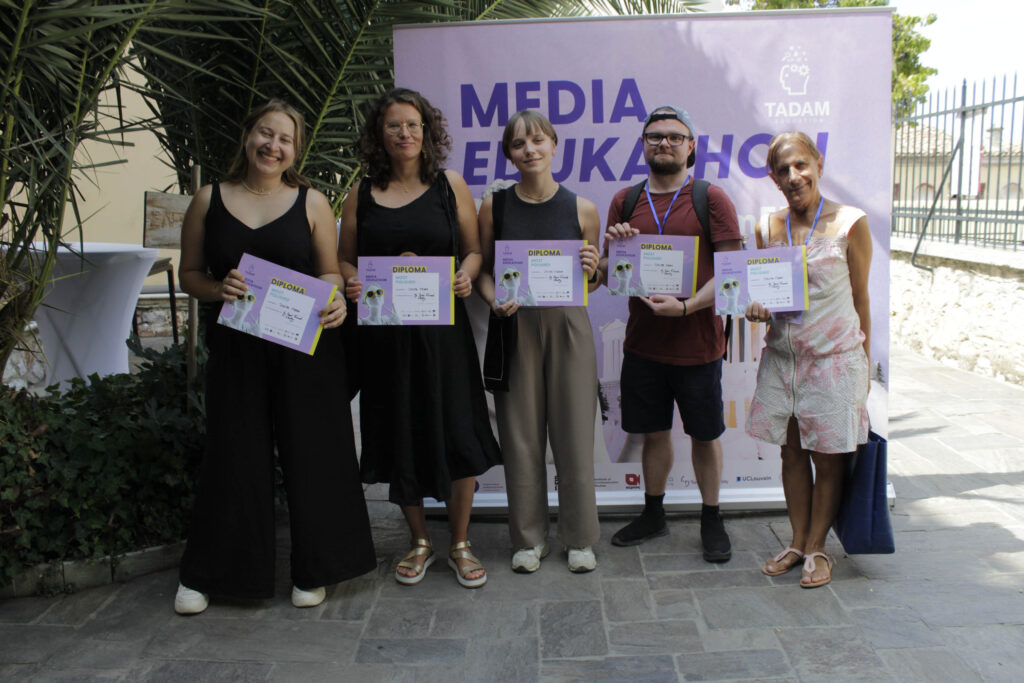
All these achievements are now in the hands of the TADAM consortium, which will explore, enhance, and harmonize them, and turn them into a toolkit available in open source for everyone by the end of December 2025.
The TADAM consortium warmly thanks each participant for their active contribution to this innovative “Media Edukathon,” through their enthusiasm, kindness, and team spirit. This event was a true success thanks to their involvement!
